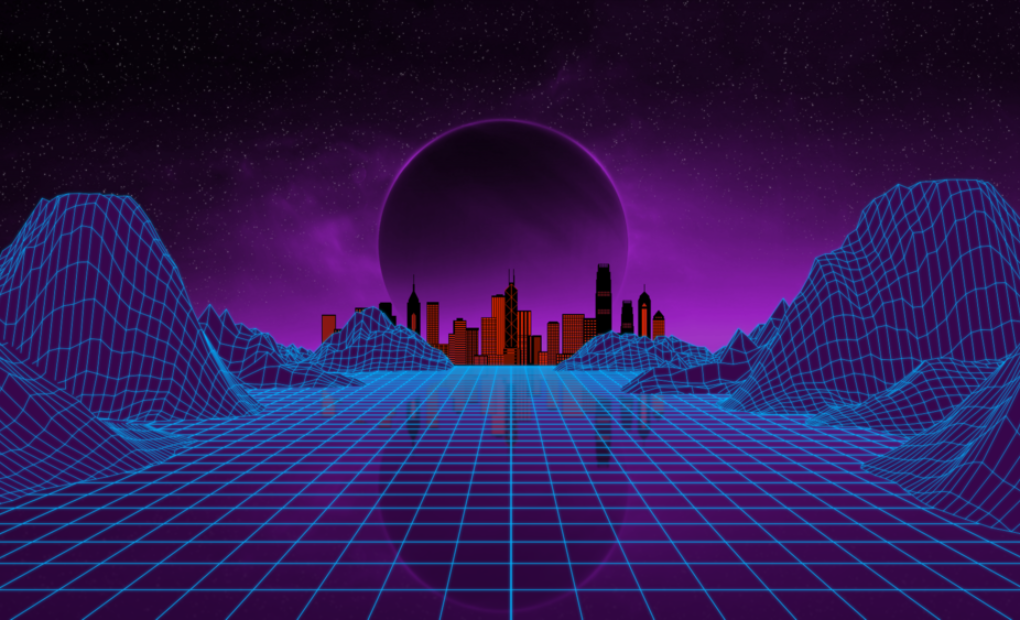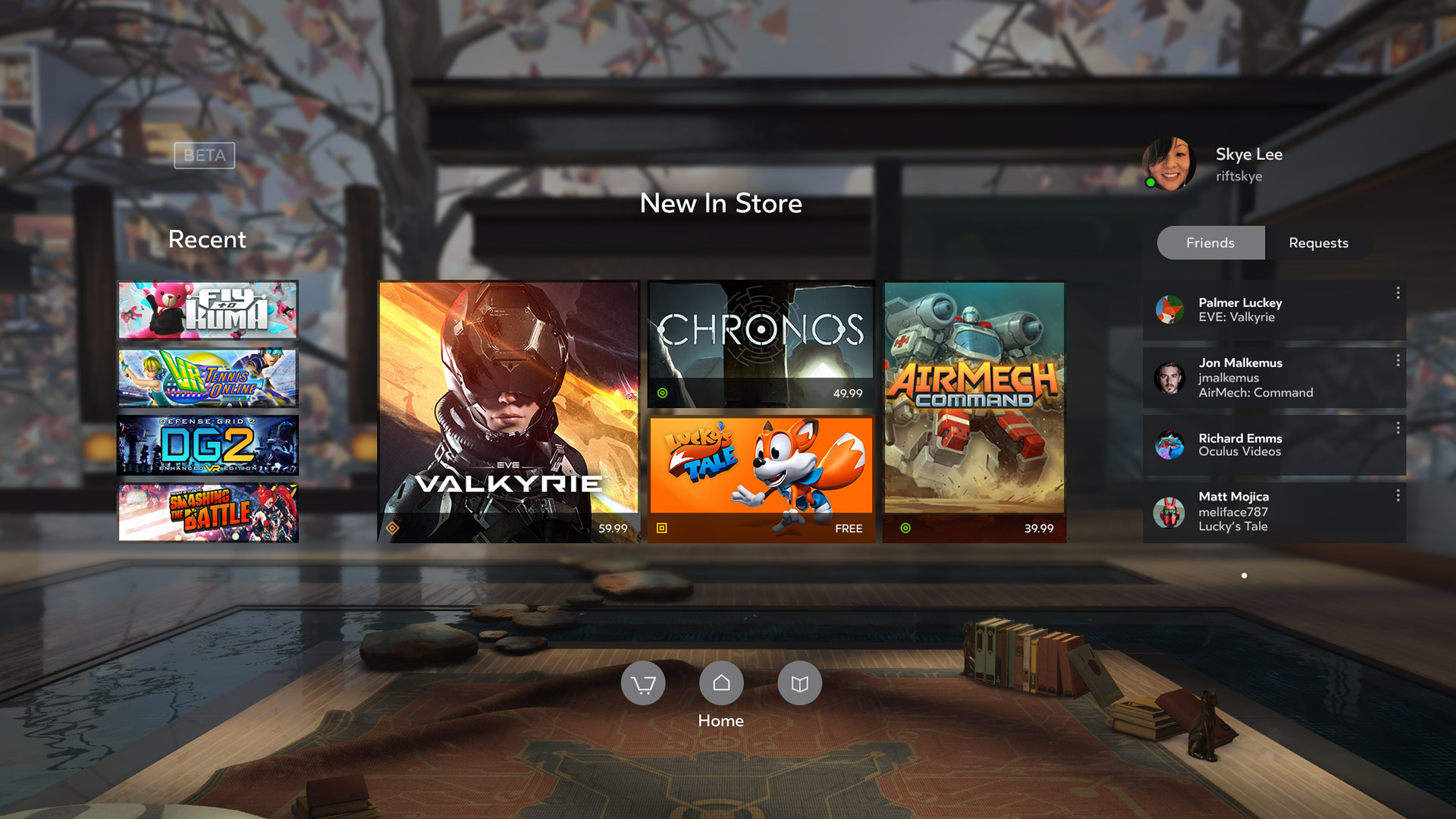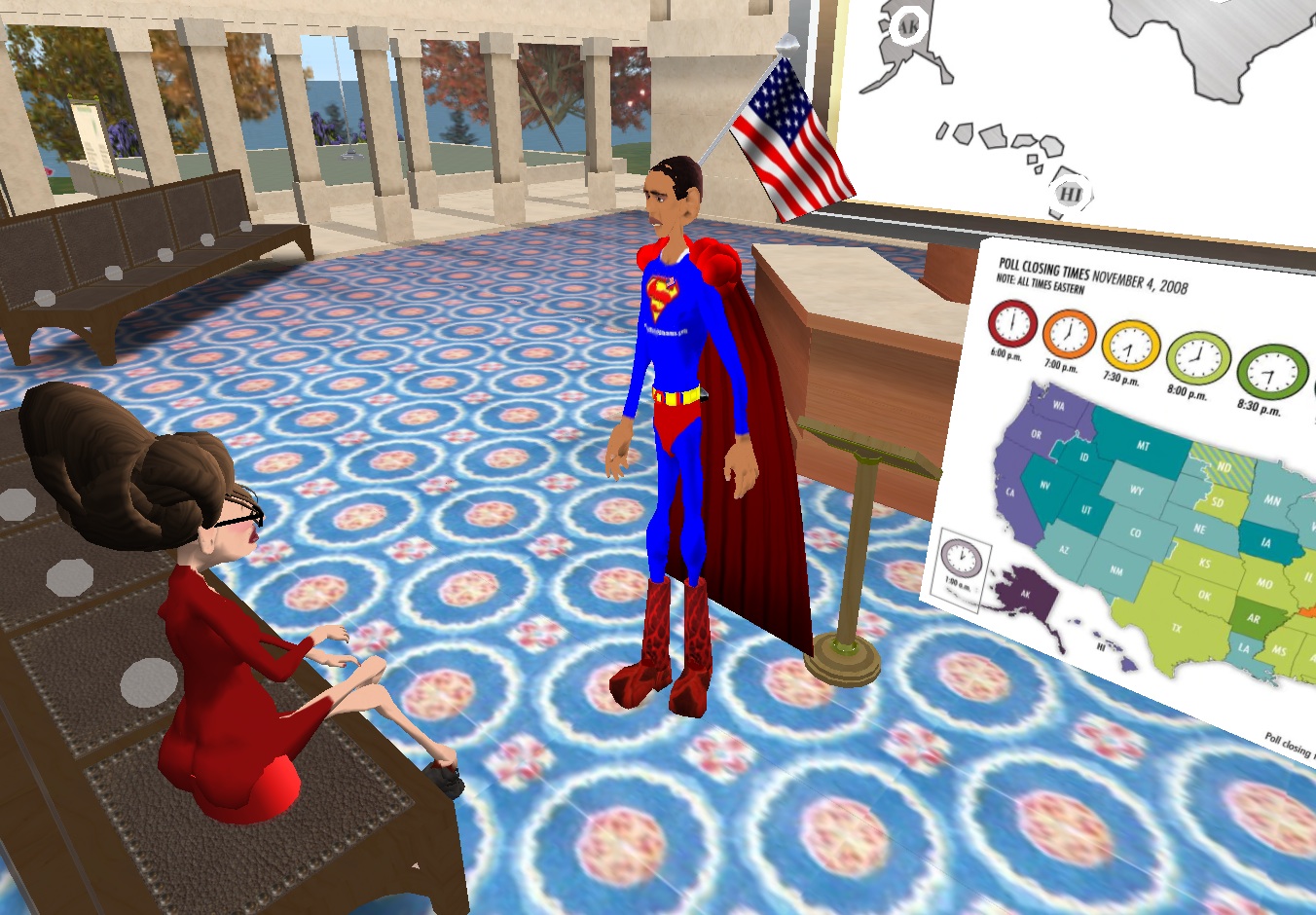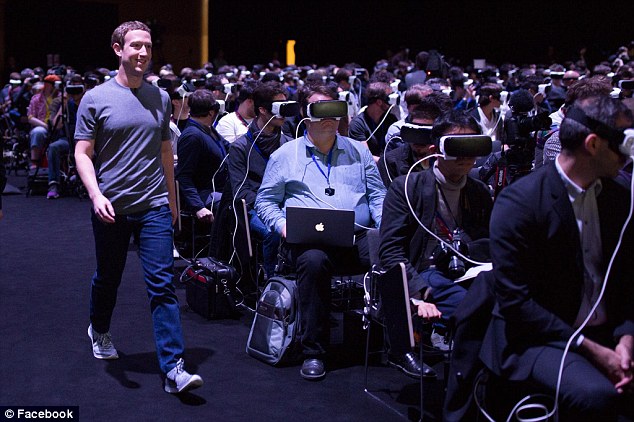
“VR will succeed, but only with the Metaverse” – Will McMaster
The Internet used to be a lonely and confusing place. Before Tim Berners-lee invented the world wide web, the Internet was a collection of interconnected servers with no standardized visual information system which allowed someone to easily navigate and consume what they wanted.

How the Internet used to look
Back then, the Internet was a series of information islands, accessible only by a difficult to use row boat. It needed highways. It needed the world wide web and hyperlinks to become something the average person would find useful enough to use everyday. The Internet had existed since the 60s, and it took 30 years before it exploded into mainstream consciousness. The rest is history, but that history is continuing to be written with VR.

Recognise this?
Today, using VR is a bit like using the internet without the world wide web. It feels like a series of loosely connected experiences with little continuity or connection between them. You enter the Rift or the Vive, and you are presented with what is basically an app store of 2D icons which enables you to hop around to different apps. It feels lonely in there, devoid of people.

The Oculus App homepage
How do we connect these islands of content? How do we create an easy and consistent VR experience where we can seamlessly flow from one place to the next? It’s a question which I think is more essential to VRs success than hardware advances, cost, or how many AAA games you can play.
The lack of connection and continuity between you, your immediate surroundings, and VR is the biggest thing preventing VR from becoming mainstream.
The Metaverse, a dream of science fiction writers and nerds for decades, is the connective foundation of VR. It’s also the answer to the problem of mass adoption. If hyperlinks connect pages on the internet, then the metaverse connects physical space on the internet in a universally understood way. The mere existence of the internet did not make it a mainstream medium.
What could the Metaverse look like? Well there are already some examples. Second Life is one of the older and more popular ones. In Second Life, you are more or less free to build and do anything you want in an online world. Its lack of rules makes for a pretty wild and often disconcerting experience. See Superman Obama in the image below.

Second Life also mimics the completely open nature of the Internet. What’s interesting to note is that the weird and garish appearance of Second Life also mirrors early web pages.
Second Life isn’t compatible with modern VR headsets, so its creators, Linden Labs, created its VR successor, Sansar. Sansar is currently in public beta. Anyone with a headset can use it. In Sansar, you’re given more sophisticated tools to create your own environments and experiences. In fact, Sansars creators say that they want Sansar to be the “WordPress of VR”.
The problem with the current iteration of Sansar is that it doesn’t really have a navigation system. The way you hop between environments and experiences is by selecting them from a menu. This is not only cumbersome, but worse, it brings you out of the experience. The ability to effortlessly locate and move between experiences needs to be as seamless and intuitive as a hyperlink. If Sansar is trying to be the WordPress of VR, they have invented the world wide web without the hyperlink.
So what comes closest to the real future of a Metaverse that people use everyday? Well, currently it’s Facebook Spaces.
Facebook’s Spaces app for the Rift is very simple. It’s a virtual table of sorts, with space for up to 4 people. You customize a cartoon-y looking avatar and jump in. You’re quite limited in what you can do – draw shapes in the air, watch videos, take a selfie to post on your Facebook page, that’s about it. What it does super well though is it allows you to manipulate your surroundings from somewhere you are physically grounded to – the table. For example, in order to hop between 360 videos you simply pull a small orb to the centre of the table. You still need to select the video from a list, but the difference is that another person in there can take your orb out and replace it with their own in order to change the experience. It’s as intuitive as picking something up from a table, and that means it’s as intuitive as clicking on a hyperlink.

VR social spaces like 'Facebook Spaces' help to expand children’s social experiences
The table is a revolutionary idea.
People are going to use VR in their living rooms. Living rooms usually have a table in front of the couch, and, more often than not, a TV behind that. Imagine if your own living room is your jumping off point to VR experiences.
You put on your headset, and you’re in a 3D scanned version of your living room. Your TV is now a virtual one, playing the same show as it was before you put the headset on. Your living room table is now a surface with endless possibilities in VR. Some friends from overseas join you in your virtual/real living room. They can interact with the table, and they can also watch what is on your virtual TV. Your kids are sitting next to you on the couch wearing AR headsets. They are also watching the real TV, whilst also privately browsing Facebook, which floats in front of them. Your kids can see the overseas visitors as avatars, who appear to be in the real living room with them. Everyone can seamlessly communicate and interact with each other and everyone can interact with the table.
You and your friends decide to visit an ancient tomb in Egypt. Your friend, from the other side of the world, puts a small pyramid down on the table, and suddenly you are all there. One of your kids decides to follow you, and his virtual Facebook window morphs into a window which allows him to watch the journey while the real TV is still on. He likes to flip between the two, just like switching between a smartphone and TV today.
On your journey around the Metaverse, the table vanishes the deeper into the Metaverse you travel. A snap of the fingers, and your living room ‘super’ table reappears. A wave of the hand, and you’re instantly back in your virtual living room. The table grounds you to the entire experience. It’s also completely natural & comfortable to use a virtual table while sitting on the couch.
When you start to see the possibilities, you realize that VR and AR will, eventually, all be part of something much bigger. We will use different devices to access it, but we will simply call it all the Metaverse…or whatever Zuckerberg decides to call it.


Comments
Responses
Tom Painter says
totally agreed! the UX joining up our different experiences is a bit pants at the moment.